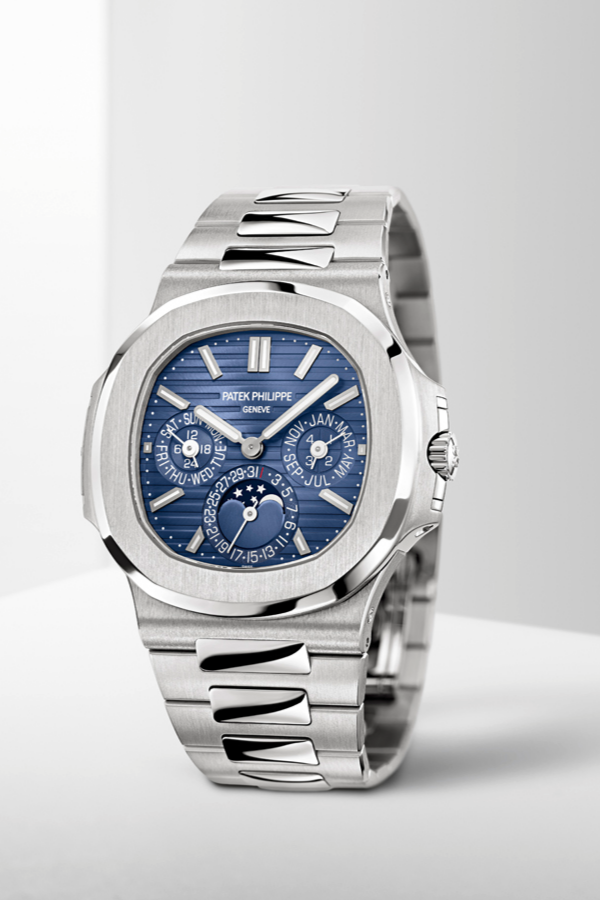A charming chiming world timer
The new Ref. 5531R features a double treat of a 24-time zone display and a minute repeater, the first Patek Philippe watch to feature this combination. And, for possibly the first time too, the minute repeater strikes the time of the current location, instead of just the home time like past watches with this combo.
Patek Philippe’s last major accomplishment with the world timer was in 1999 when it patented a mechanism that allows for the adjustment of the city disc, the 24-hour disc and the central hour hand via a single pusher. The pairing with a minute repeater proves even more challenging, especially considering that the Swiss maison planned to go another level up by having it chime the local time instead of the home time.
The result is the self-winding R 27 HU movement, which has made some fundamental changes to the minute repeater, chief of which is connecting the world time and 24-hour rings to the chiming mechanism, instead of having the two complications operate independently of one another. To enhance the sound, Patek Philippe president Thierry Stern instructed the engineers to attach the two gongs to the caseband instead of the movement plate.






